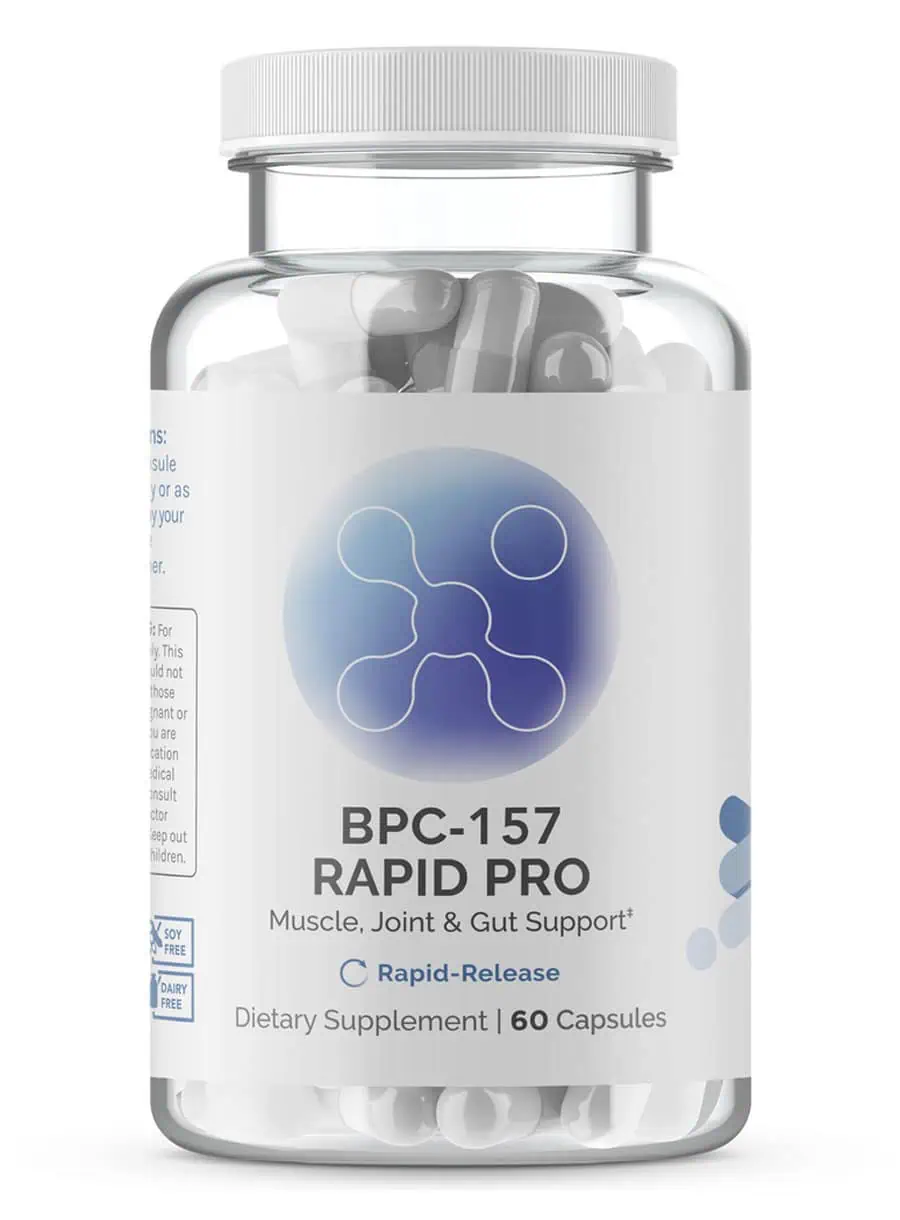One of the biggest concerns for the elderly population is osteoporosis because it makes people more susceptible to broken bones, which can lead to a downward health spiral. The good news is that weight training might be the key to not just decreasing bone mineral loss as you age, but also increasing it.
Osteoporosis is a condition of significantly depleted bone mineral density. Combining regular weight training, hormone balance and the right nutrition all play a big role in prevention and even reversal of osteoporisis.DR. CHAD LARSON
In episode 44 of his Keep It Real video series, Dr. Larson discusses osteoporosis & the following tips:
- Low bone mineral density can either predispose someone to fall and break a bone or can lead to spontaneous bones breaking, which can predispose them to fall
- The good news is that bone mineral density loss is completely preventable
- Osteoporosis is a condition of significantly depleted bone mineral density, osteopenia is low bone density
- There was a study published in the European Journal of Endocrinology that studied the effect of resistance exercise programs on bone mineral density
- Resistance exercise is another word for weight lifting
- The participants in the study had their bone density calculated by measuring their hip at the beginning of the study
- They then began a 16-week program whereby they lifted weights with a trainer for sixty minutes three times a week
- At the end of the 16 weeks, the participants had their bone density calculated again and what they found was that the participants had an average of 6% growth to their bone density
- Although seemingly not much, the commonly prescribed medications for bone loss prevention, medicines in the bisphosphonates class, the most common one called Fosamax, has been shown to have a 6% improvement after taking it for three years
- Although seemingly not much, the commonly prescribed medications for bone loss prevention, medicines in the bisphosphonates class, the most common one called Fosamax, has been shown to have a 6% improvement after taking it for three years
- It isn’t just that you need weight lifting
- For muscles to grow, you also need to have the proper building blocks like calcium, magnesium, phosphorus, Vitamin K2, Vitamin D, Boron and Zinc
- Another integral component to increasing bone mineral density is that the proper stresses and forces be placed on your muscles and bones
- Bones work by supply and demand, if the bones don’t have much force put on them, then they won’t strengthen
- The forces that muscles and tendons put on bones is what makes them become denser
- If you only engage in exercise like walking, then you might be strengthening your stabilizing bones like the hips and back, but you need to use weightlifting to strengthen your upper body and increase the bone density of the other parts of your body
- Hormonal factors like low estrogen also contributes to bone mineral loss, so keeping a healthy hormonal balance is also a key factor in minimizing bone mineral loss
- If you are low in estrogen, finding a specialist who can safely supply you with hormone therapy might be a good idea because it can significantly lower the risk of developing osteoporosis
- The other main ingredient to increased bone mineral density is protein
- Muscles can’t develop, regenerate, or grow without the proper amount of protein, and, unfortunately, as you age, people typically consume less protein
- A person needs a minimum of 0.8 grams per kilogram of body weight daily
- To convert your weight to kilograms, take your weight and subtract it by the amount of ten percent of your weight, then divide it by 2
- So, to lower your risk for osteoporosis or osteopenia, weight lift, get the proper vitamins, minerals, and protein, and make sure that your hormones are within healthy range





